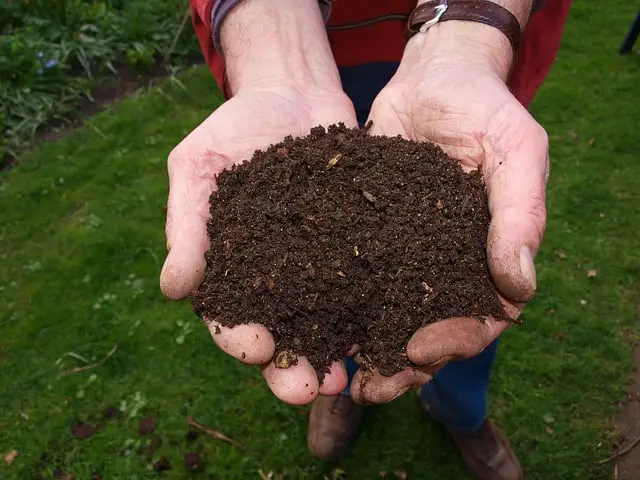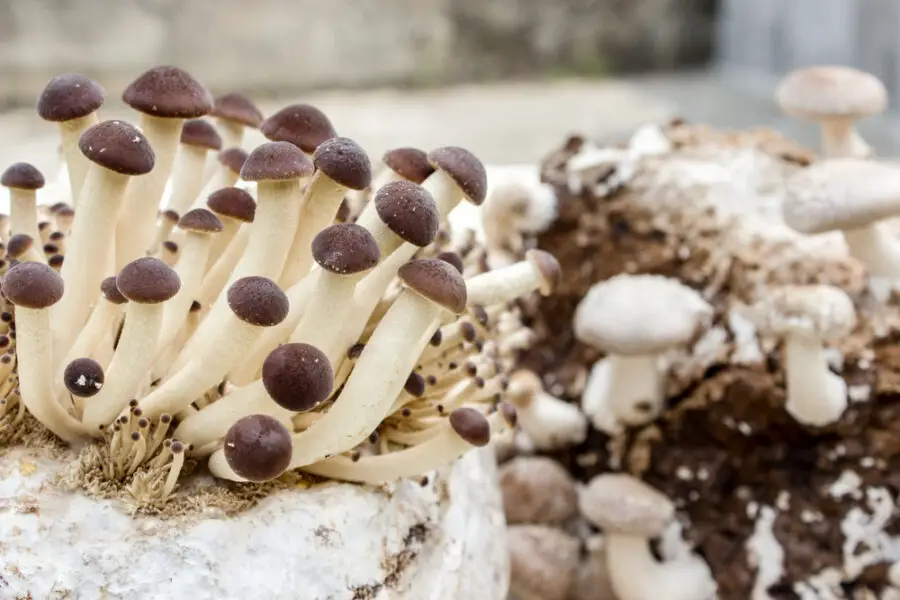Growing mushrooms can cause various diseases if they are not handled correctly. Those who inhale high concentrations of fungal spores may suffer from asthma, allergic reactions, fungal sinusitis, and hypersensitivity pneumonitis.
What are Mushroom Spores?
Mushrooms do not get their energy by photosynthesis like plants. While plants receive their energy through chlorophyll, mushrooms use fibers called “hyphae” that can stay underground for a few months to meet their nutritional needs.
As the mushroom grows, the hyphae mature and begin to produce spores, which are tiny fungal cells. These spores are constantly moving in the air to reproduce.
What Will Happen If I Am Exposed to Growing Mushrooms?
Growing mushroom spores can endanger human and animal life by causing many diseases.
Excessive and unprotected exposure to mushrooms or exposure to the smell of mushrooms can lead to some complicated diseases such as lung inflammation and acute kidney failure.
You could also develop face and lung inflammation, long-term exposure can trigger other chronic diseases. Therefore, you should always protect yourself if you plant o grow mushrooms and will be in a closed environment with them for long periods regularly.
What Is The Most Common Illness Caused by Mushroom Exposure?
Lung inflammation is the leading cause of lung diseases related to Mushrooms. Lung inflammation occurs when small air sacs in your lungs become inflamed and enlarged by swelling.
This situation, which starts with minor complaints at first, may cause a permanent disease if left untreated. Therefore, early diagnosis and preventative measures should be taken to protect yourself from developing the disease or stop it in its tracks.
Symptoms of lung disease are a high fever, chills, fatigue, and weakness, and vomiting.
Can Mushroom Spores Give You Asthma?
Those exposed to long-term, highly concentrated mushrooms may develop asthma and respiratory tract infections due to the spores they produce.
Each person has a different level of resistance to mushrooms. While some people are easily affected by even low concentration mushrooms, some can be much more resistant.
In addition, exposure to fungal spores indoors is one of the biggest factors in triggering these diseases. This is one of the reasons why young children get diseases such as asthma.
Can Illnesses Caused by Mushrooms Be Cured?
In most cases, yes, illnesses developed from over-exposure to mushrooms can be cured, so long as the symptoms are treated early and you have no underlying conditions.
If you have hypersensitivity pneumonia or pre-existing conditions such as asthma, it might take you a little longer than others to recover the damage caused by mushrooms spore inhalation, and sometimes the damage may be permanent.
Can be Growing Mushrooms Dangerous?
The growing mushrooms can be very dangerous if done incorrectly and you do not have the correct ventilation installed. The toxic amount of spores that enter a closed environment can be hazardous to your health.
With early diagnosis, great dangers can be avoided, and growing mushrooms indoors can be perfectly safe so long as you take the proper precautions
How Do You Know If Mushrooms are Contaminated?
If you see black, green, and bluish spots on your mushroom, it probably means that your mushroom is contaminated.
You can also understand whether your cultivated mushroom has deteriorated or not from its structure.
A mushroom that is softer and more shriveled than it should be when touched, is most likely contaminated. Likewise, when mushrooms become contaminated, their colors begin to darken.
Healthy mushrooms are firm and their colors are sharp. Some mushrooms are naturally smelly but retain a woody smell when healthy. Contaminated mushrooms begin to smell of mold as they decompose.
Are Garden Mushrooms Poisonous?
Mushrooms that spontaneously grow in your garden are not always poisonous but some can be dangerous. Mushrooms that grow naturally are not the same as mushrooms you buy at any supermarket.
Garden mushrooms grow in rich, moist soil where there is plenty of sunlight and food. While a lot of wild mushrooms are harmless, the dangerous ones can look very similar, and unless you are a mushroom expert, they are best left well alone!
Touching or eating these mushrooms with your bare hands can harm you if you don’t know how much of the toxic substance they contain.
If I Eat Poisonous Mushrooms, Will I Die Instantly?
If you consume a mushroom with high amounts of a toxic substance in the mushroom, you will most likely face a serious situation shortly after eating.
No mushroom will kill you on the spot, but the highly poisonous variants like Death Cap and Webcap mushrooms you will exhibit symptoms such as vomiting, dizziness, seizures, and bloody stools within 6 hours after eating, and if left untreated you can die within 12 hours.
Is It Dangerous to Grow Mushrooms In Your House?
Growing mushrooms indoors is common practice, but growing inside the area you live in is not advised unless you have adequate ventilation.
It is okay to grow a small number of mushrooms in a pot in your house, but if you are planning to grow large batches, it is best to use a ventilated greenhouse that is specifically designed for mushroom growing.
Unprotected exposure to high concentrations of mushrooms for a long time can cause various respiratory diseases and lung inflammation.
Many companies produce mushroom growing kits for you to grow mushrooms in your home. These kits only contain mushrooms that are safe for indoor growing inside your home.
Can I Distinguish Between Wild Mushroom and Cultivated Mushroom?
It is very difficult to distinguish between wild mushrooms and cultivated mushrooms. These two species, which are very similar to each other, are not easy to tell apart.
Wild mushrooms usually occur in mountains, woodlands, and grasses, whereas cultivated mushrooms are found only in supermarkets or farmers’ market stalls. This is the most obvious and easiest way to know you have spotted a wild mushroom.
However, after that, it can be difficult to tell them apart from cultivated mushrooms as they look very similar and usually only mushroom experts or enthusiasts are able to tell the difference.


